Grammar has a reputation for focusing on errors. With Tense Buster, we focus on communication. Here is how.
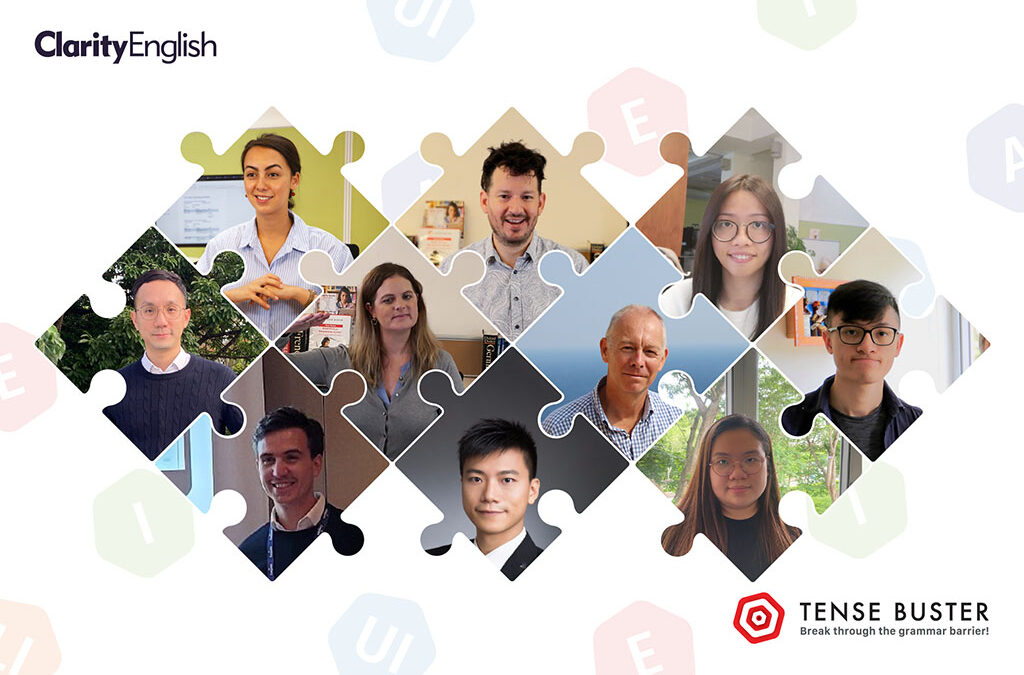

Grammar has a reputation for focusing on errors. With Tense Buster, we focus on communication. Here is how.

The HOPES-LEB project aims to improve the chances for a better future for young people in Lebanon. Here’s how they do it.
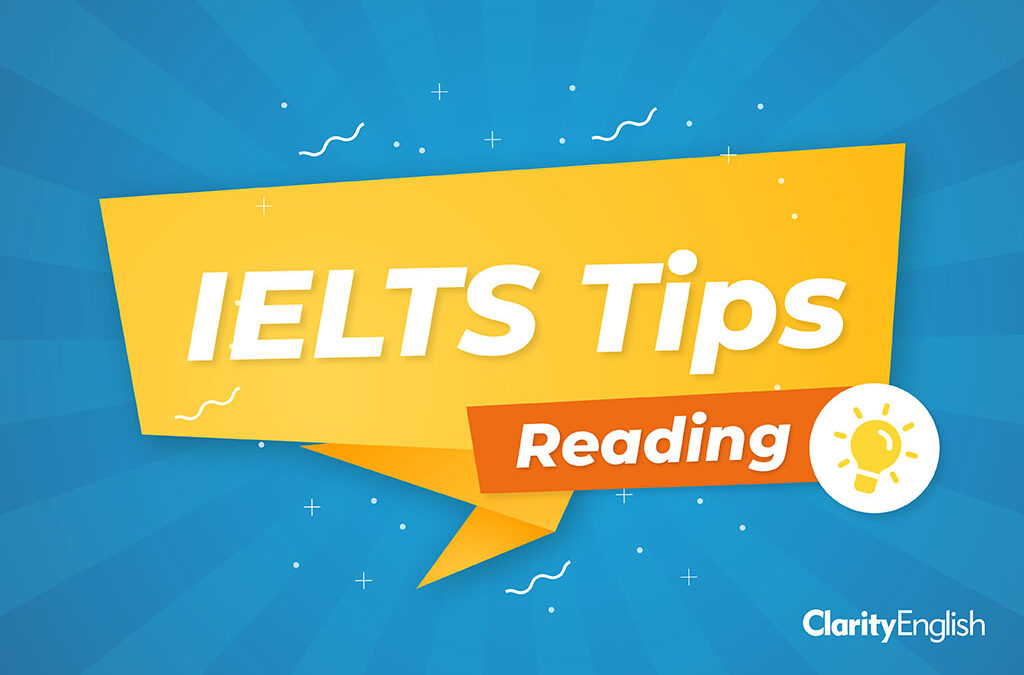
The key facts you need to know to avoid pointlessly losing points.

Andrew Stokes and Samuel Sheinberg look back on how EdTech has changed over the last 30 years and what we can expect in the future.
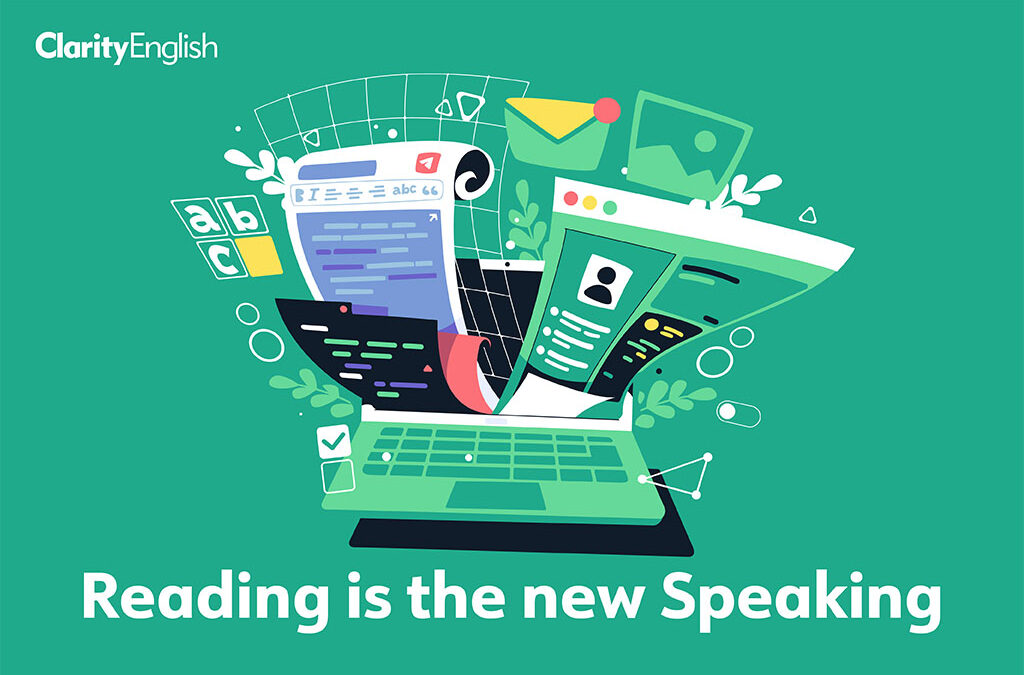
How can we best equip migrants with the language skills they need to integrate effectively into their communities? It starts with Reading.

Andrew Stokes looks at what goes on behind the scenes to ensure that a test is both fair and accurate.
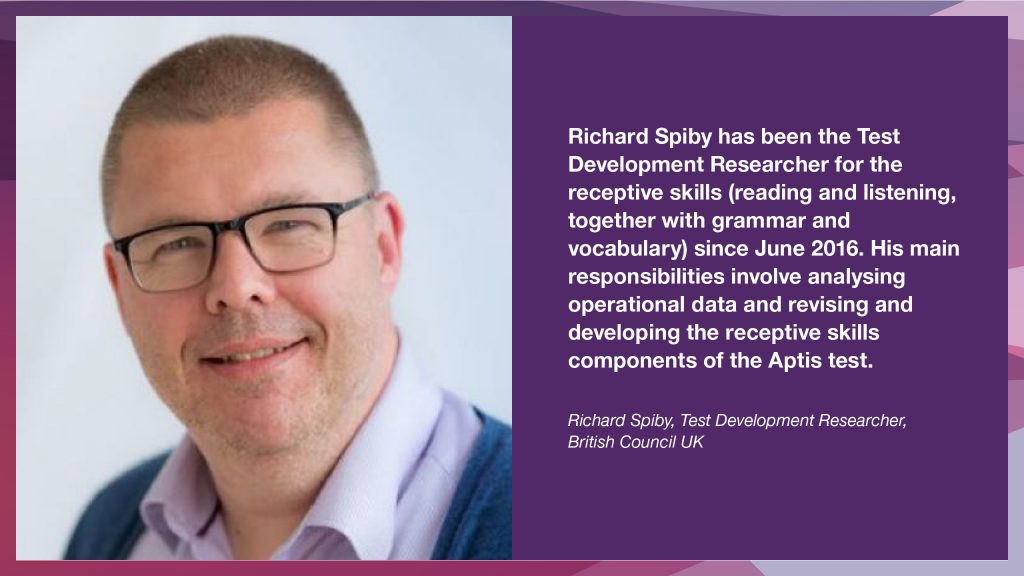
In this interview, Adrian Raper talks to Richard Spiby from the British Council on CEFR and the importance of teaching to the test construct.

Your student took a placement test. The result was B2. You believe he is B1. What went wrong?
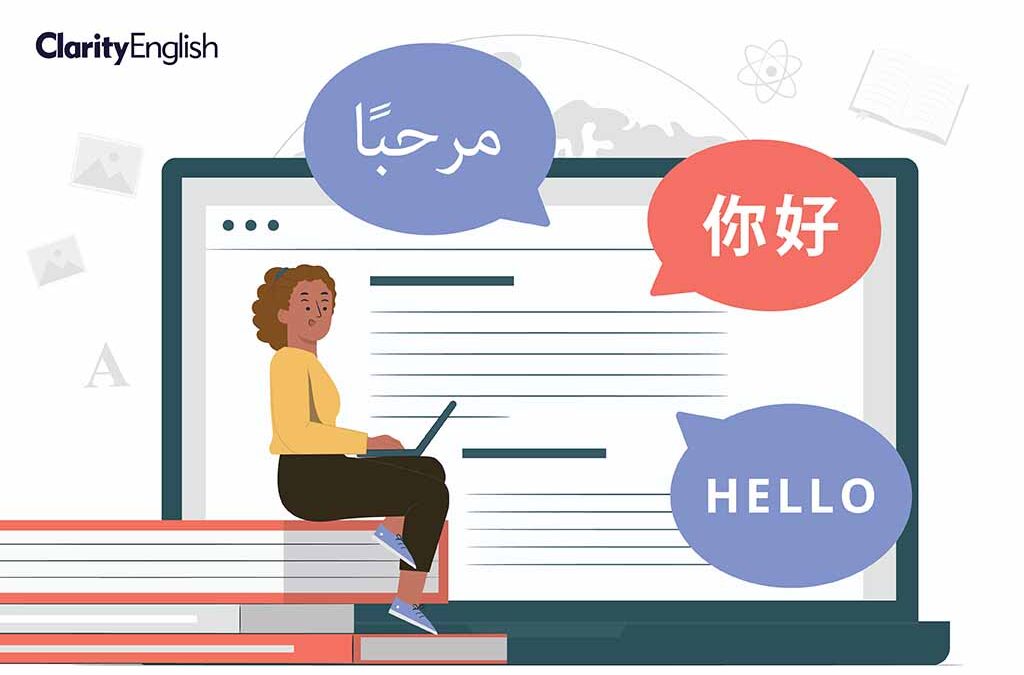
Subramoni Iyer describes how his experience with students and teachers in Syria led to localised test instructions and a pre-test video.
In this video, Andrew Stokes discusses how we can ensure that a placement test — or any other kind of language test — is culturally fair.
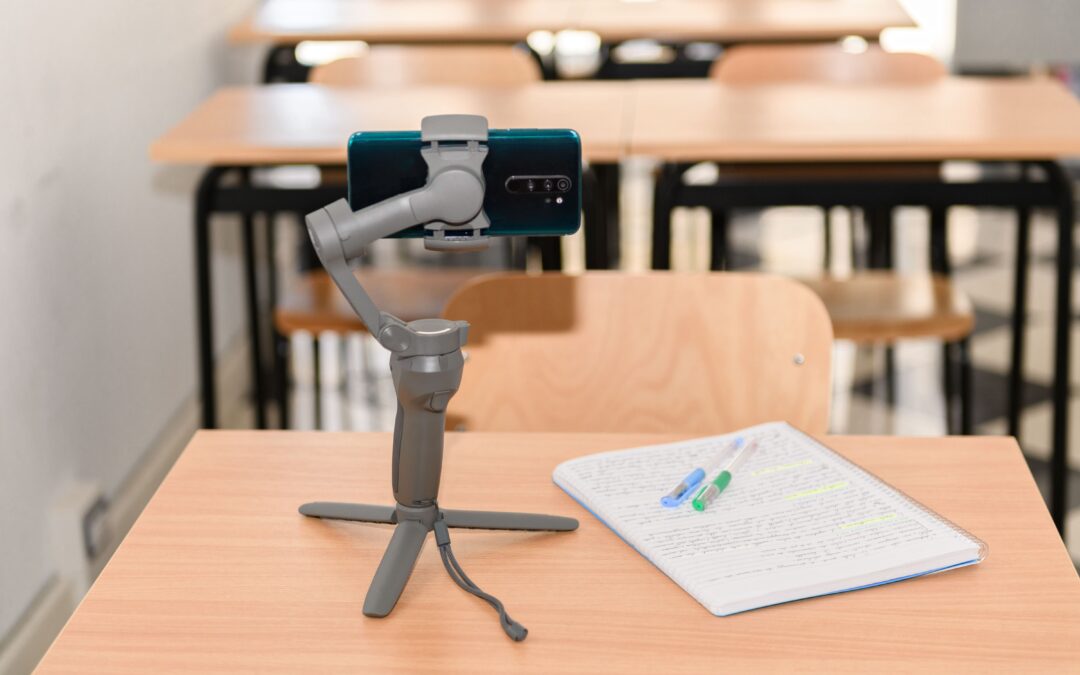
Katie Stokes looks at how test creators are failing to take advantage of the opportunities that technology offers in testing — and the consequences this has for students with special needs.

Katie Stokes looks at five thought-provoking findings about eLearning and suggests what we might learn and take forward in the coming year.

In this post, Lucas Gade takes a closer look at the SCORM integration process while giving answers to five FAQs.

The new Clear Pronunciation has arrived with a brand new interface, enriched content, and accents from around the world.

The beauty of SCORM is that most of the work is done for you. So, the list below is a compilation of questions you may consider when integrating ClarityEnglish programs into your course through SCORM.
The page you requested could not be found. Try refining your search, or use the navigation above to locate the post.